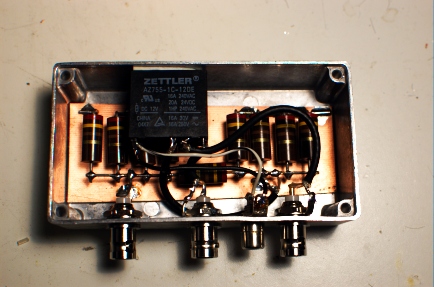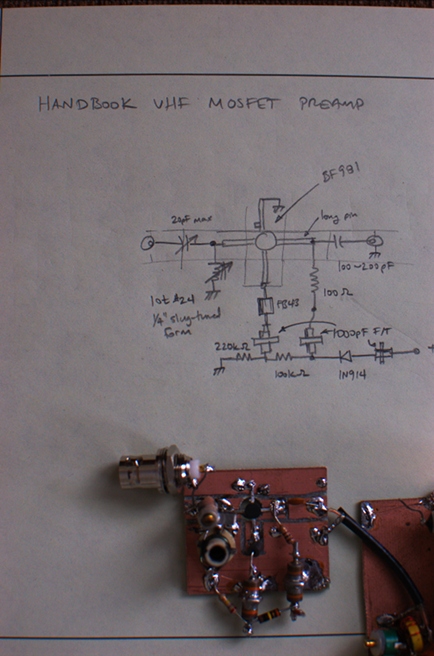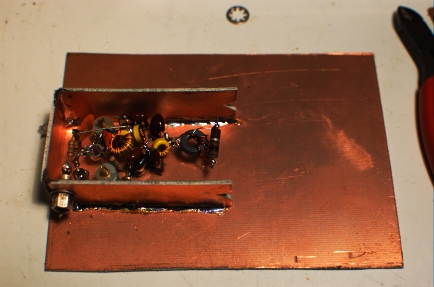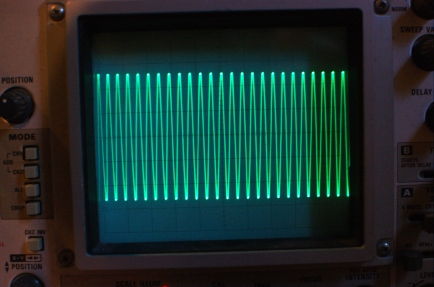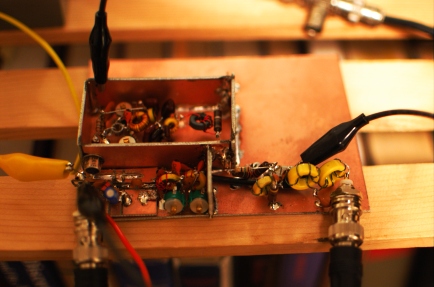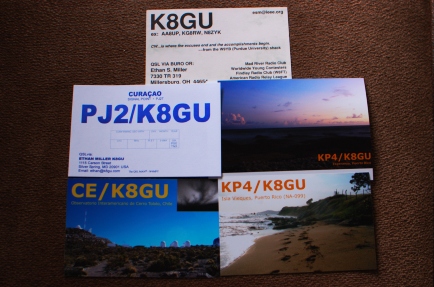Jeff, KE9V, posted a note today about all of the bellyaching that goes on over the Hamvention venue at Hara Arena in Dayton, Ohio, also occasional home to Bill Goodman’s North American Gun and Knife Show (“Tell a buddy, bring a friend…Don’t you dare miss it!” the jingle goes). In fact, according to the Hara calendar, it appears to host almost monthly gun and knife shows. But, I digress. I’m delighted that Hara is near my in-laws’ home should I ever wish to make a last-minute appearance—yes, it’s tempting to get in the car tonight. And, I digress farther. The point of this post is to explain the pervasive grumbling, finger-pointing, and misinformation, that spews forth from a vocal minority of the amateur community.
I was sitting in 8th grade math class adrift in daydreams as the teacher reviewed yet another topic from a prior grade. Clearly, this was a widely-perceived problem, because one of my classmates persisted in talking to several others around her. Finally, the teacher became so exasperated that he asked, “Young lady, do you have a license to talk?” Of course she did not, but I chuckled noting that, as a newly-minted General class amateur radio operator, I had a license to talk. I tucked that away for future use and went back to whatever it was I was daydreaming about. And today, some 16 years later, the thought sprung into my mind as I read Jeff’s blog.
Another curious coincidence contributed to this confluence of cogitation. As I was eating my lunch, I happened across an old KK7B paper from the Proceedings of Microwave Update ’94 entitled “Simply Getting on the Air from DC to Daylight.” It’s not a particularly technical paper. It is about the art of doing radio and it was fun to read. In the first three paragraphs, he writes,
In the not-so-distant past, the primary emphasis in amateur radio was putting a station on the air…Sometime in the ’70s the ARRL stopped calling amateur radio a technical hobby and started referring to it as a communications hobby.
Brilliant. I’d like to update that for the present,
In the not-so-distant past, the primary emphasis in amateur radio was communication via radio…Sometime in the ’00s, realizing that it had lost the communications game to telecom deregulation, mobile phones, and the Internet, the ARRL stopped calling amateur radio a communications hobby and started referring to it as an emergency service.
So, where does that leave us? Well, we have a technical license exam structure impressed upon a group of people who are enthralled with communication but use the Internet because it’s easier. No wonder anybody who reads about ham radio on the Internet thinks we’re up a creek!
I’m going to go make a CW contact or melt some solder to cheer myself up. In the end, we have a license to communicate via radio. Let’s use it.
